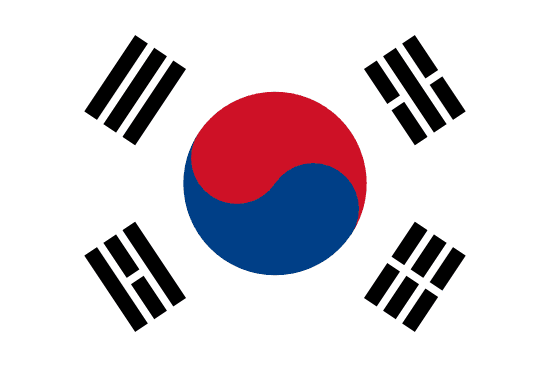"빛나는 서울 | Shining Seoul"
About:
Seoul, the capital of South Korea, was established in 18 BCE by the Baekje Kingdom. It became the Joseon Dynasty's capital in 1394, and its name was changed to Hanyang, then to Hanseong, and finally to Seoul in 1945. The city was heavily damaged during the Korean War (1950-1953). Post-war, Seoul underwent rapid modernization, hosting the 1988 Summer Olympics and the 2002 FIFA World Cup. Today, it's a major global city and a leading international financial, business, technology, and cultural hub.
When to visit:
Seoul, the capital of South Korea, is a vibrant city that offers something for every traveler throughout the year. The best time to visit Seoul for a holiday is during the spring months of April and May when the cherry blossoms are in full bloom, creating a picturesque backdrop for exploring the city's parks and historic sites. Another popular time to visit is in the fall, from September to November, when the weather is mild and the foliage turns beautiful shades of red and gold. However, it is important to note that Seoul experiences distinct seasons, with hot and humid summers and cold winters, so be sure to pack accordingly depending on the time of your visit.
When to avoid:
The worst time to travel to Seoul, South Korea on a holiday is during the peak summer months of July and August. This period experiences high levels of humidity and frequent heavy rainfall, making outdoor activities uncomfortable. Additionally, these months coincide with the peak tourist season, resulting in crowded attractions and higher prices for accommodation and flights. Travelers may also encounter difficulty securing reservations at popular restaurants and facing long lines at popular tourist sites.
Winter (Dec-Feb)
Winter in Seoul, which spans from December to February, is the coldest part of the year with temperatures often falling below freezing, averaging -2°C (28°F). Snowfall is common but not heavy, resulting in a beautiful, frosty cityscape. The days are typically short, with an average of 5 hours of sunlight. Cloud cover is moderate, contributing to the chilly conditions. For a visitor, an average day would involve bundling up in warm clothing to explore the city's winter charms such as ice-skating rinks and festive lights.
"Summer (June-August)"
The warmest part of the year in Seoul, South Korea, is typically between June and August, which is the summer season. Average temperatures during this period range from 22°C to 30°C (72°F to 86°F). This period is also the monsoon season, so there's a significant amount of rainfall, especially in July, which is the wettest month with an average rainfall of about 395mm.
Despite the rain, Seoul experiences a fair amount of sunlight during summer, with an average of 5 to 6 hours of sunshine per day. However, high humidity levels of around 75% to 85% can make the heat feel more intense and the air feel heavy.
Cloud cover varies, but generally, the sky is partly cloudy, with cloudiness increasing during the rainy periods.
For a visitor, a typical summer day in Seoul would start warm and become hot by midday. The air might feel sticky due to the high humidity. Rain showers or thunderstorms are common in the afternoon or evening, often followed by clear skies. Despite the heat and humidity, summer is vibrant in Seoul with lush green parks and lively outdoor activities.
Language:
In Seoul, the capital city of South Korea, the most commonly spoken language is Korean. It is the official and national language of the country. English is also widely taught in schools and used in business settings, making it a commonly understood language, though not as widely spoken in daily life.




